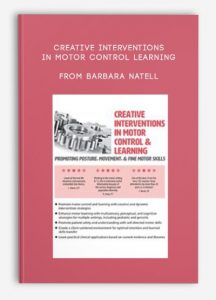 Creative Interventions in Motor Control, Learning from Barbara Natell
Creative Interventions in Motor Control, Learning from Barbara Natell
More information about Medical:
Medicine is the science and practice of establishing the diagnosis, prognosis, treatment, and prevention of disease.
Medicine encompasses a variety of health care practices evolved to maintain and restore health by the prevention and treatment of illness.
Contemporary medicine applies biomedical sciences, biomedical research, genetics, and medical technology to diagnose, treat, and prevent injury and disease,
typically through pharmaceuticals or surgery, but also through therapies as diverse as psychotherapy, external splints and traction, medical devices, biologics, and ionizing radiation, amongst others.
Medicine has been around for thousands of years, during most of which it was an art (an area of skill and knowledge) frequently having connections to the religious and
philosophical beliefs of local culture. For example, a medicine man would apply herbs and say prayers for healing, or an ancient philosopher and physician would apply bloodletting according to the theories of humorism.
In recent centuries, since the advent of modern science, most medicine has become a combination of art and science (both basic and applied, under the umbrella of medical science).
While stitching technique for sutures is an art learned through practice, the knowledge of what happens at the cellular and molecular level in the tissues being stitched arises through science.
Outline:
DEFINE MOTOR CONTROL AND MOTOR LEARNING
EVOLUTION OF THEORIES OF MOTOR CONTROL
- Reflex integration
- Hierarchical Theory
- Motor Programming Theories
- Systems Theory
- Dynamical Action Theory
- Ecological Theory
ADDRESSING FACTORS INFLUENCING THE HABILITATION AND REHABILITATION OF MOTOR CONTROL ALONG A FUNCTIONAL CONTINUUM
- The Individual
- Action
- Degrees of freedom problem
- Phase shifts
- Feedback and feedforward mechanisms
- Neuromuscular, musculoskeletal, and cardiopulmonary
- Motor maps and plasticity
- Lab: Physical handling techniques to promote stability, mobility, and fine motor skills
- Perception
- Integration of the senses and development of mindfulness
- Body image, body scheme, and position in space
- Emotion and the development of “flow”
- Lab: Design interventions to facilitate increased awareness of body scheme, the orienting response, and awareness of the spatial envelope
- Cognition
- Intention, attention, anticipation
- Timing and rhythm
- Effects of mental practice
- Lab: Using music and rhythm to influence enhanced motor control
- Action
- The Task: Activity analysis along a functional continuum
- Mobility
- Stability
- Fine motor control
- The Environment
- Control parameters
- Grading regulatory and non-regulatory factors
- Effects of natural environments
- Lab: Developing strategies for a client-centered environment integrating theoretical perspectives
Description:
This course will guide clinicians through the development of treatment approaches that integrate multiple perspectives of motor control and learning. The three major factors of motor learning – environmental conditions, cognitive processes, and movement organization through multisensory integration – will be applied to guide motor learning techniques. Design interventions that use the evidence to support greater retention and learning that is realized by patients as enhanced functional mobility. Hands-on experiences will allow you to collaborate on development of effective, holistic interventions that promote optimal function and skills.


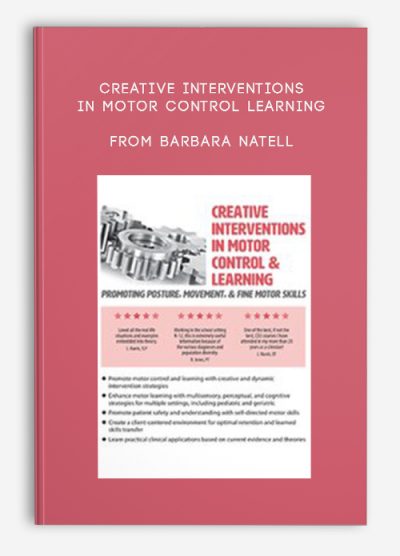


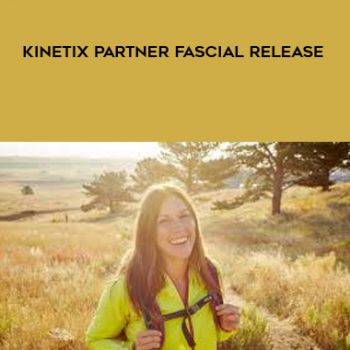
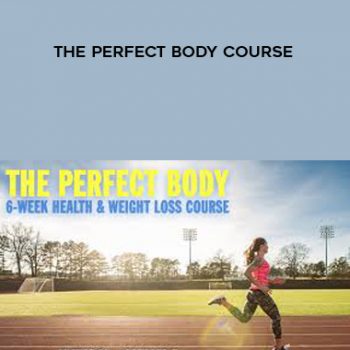
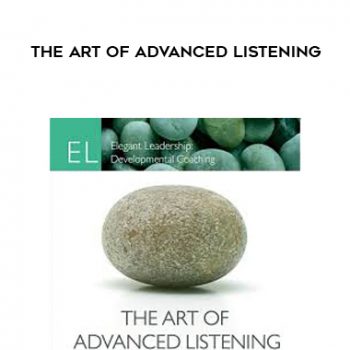
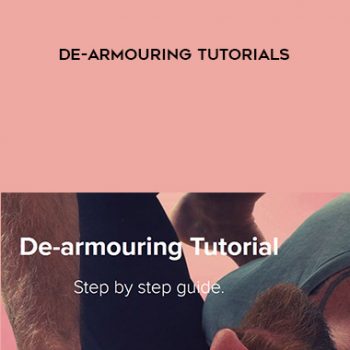
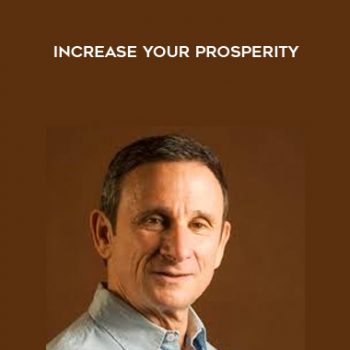
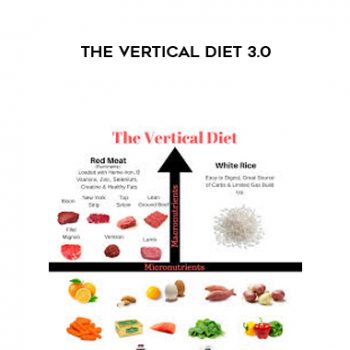

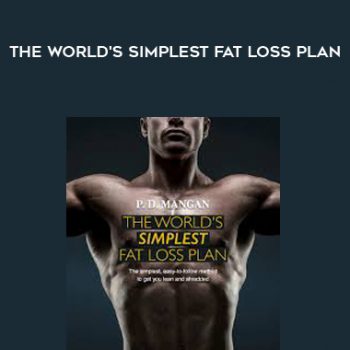
tristian –
This is Digital Download service, the course is available at Coursecui.com and Email download delivery.